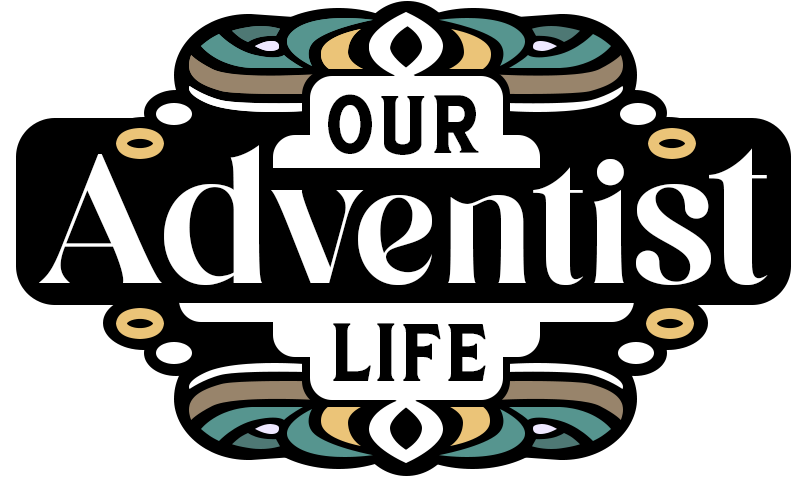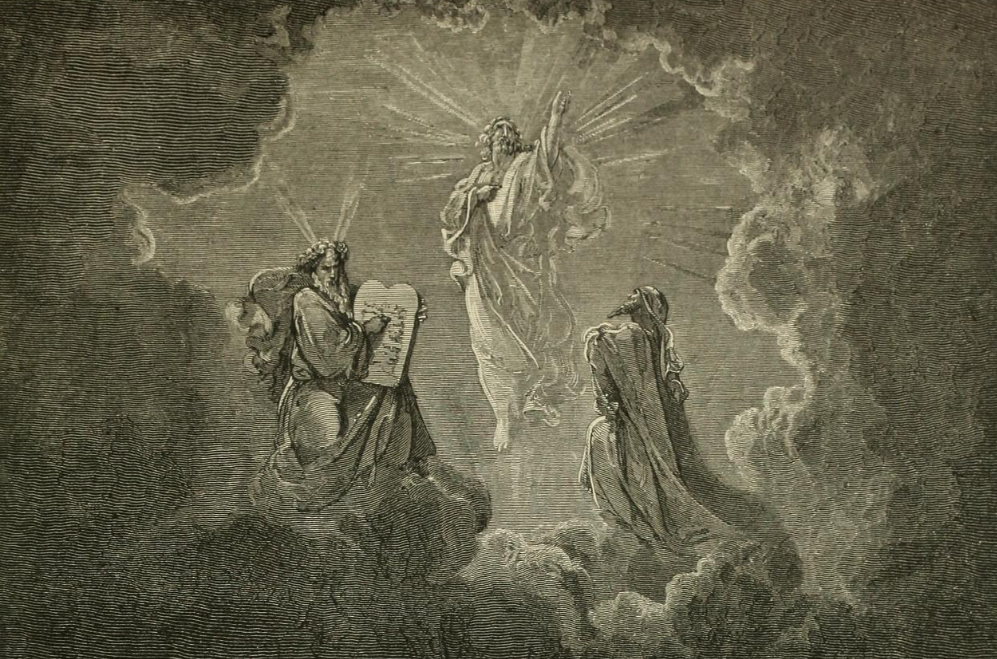These verses are about what are the ordinances of the church based on a chain of verses that are referenced in a specific order to help give clarity and context.* It has very minimal commentary so that you can do your own self-reflection and discovery of the verses. Many times the Bible explains itself if you just know where to look.
With each group of verses, there are probing questions to help you consider what is being said. Each verse in the study is linked to an online Bible, should you want to check the context of the verses around it. Also, allowing verification of what scripture says, as well as purity of a study based only on the Bible.
1. What command did Jesus give to His disciples?
- Matthew 28:19-20 (KJV) — “”
2. Is teaching commanded? Is baptism commanded? Are both essential?
3. What must precede the baptism which Christ commanded?
- Hearing and believing. Mark 16:16 (KJV) — “”
- Repentance. Acts 2:38 (KJV) — “”
- Whole-hearted acceptance of Christ. Acts 8:37 (KJV) — “”
4. What does it mean to believe in Christ?
- 1 Corinthians 15:1-4 (KJV) — “”
5. What does Christ do for those who believe on Him?
- Matthew 1:21 (KJV) — “”
6. To one thus accepting Christ, what does the ordinance of baptism mean?
- Romans 6:3-4 (KJV) — “”
“In baptism, the water and the Spirit both bear witness to God’s acceptance. The same spirit which at
— “Bible Readings for the Home Circle,” page 109.
Christ’s baptism said, ‘This is My beloved Son, in whom I am well pleased,’ witnesses to the acceptance of every sincere believer at his baptism.”
7. To what do we die?
- Romans 6:10-12 (KJV) — “”
- Colossians 3:5 (KJV) — “”
8. What is the newness of life in which we walk after dying to sin?
- Romans 6:17-18 (KJV) — “”
- Philippians 4:13 (KJV) — “”
9. Because the true Christian life begins with this dying to sin and living to God, how is one’s faith and decision expressed to the public?
- Colossians 2:12 (KJV) — “”
“Baptism is a gospel ordinance commemorating the death, burial, and resurrection of Christ. In baptism
— Id., p. 101.
public testimony is given to the effect that the one baptized has been crucified with Christ, buried with Him, and is raised with Him to walk in newness of life. Only one mode of baptism can rightly represent these facts of experience, and that is immersion,— the mode followed by Christ and the primitive church.”
10. When this step is taken in the light of God’s word, what promise is ours at baptism?
- Acts 2:38-39 (KJV) — “”
11. To whom do those who are baptized belong?
- Galatians 3:26-27 (KJV) — “”
12. In what inheritance do they share?
- Galatians 3:29 (KJV) — “”
13. Is it ever necessary to be rebaptized?
- Acts 19:1-5 (KJV) — “”
14. How many true baptisms are there?
- Ephesians 4:5 (KJV) — “”
- Examples: Christ, (Matthew 3:13, 16 KJV) — “”
- Philip baptizing the Ethiopian, (Acts 8:38 KJV) — “”
- John, (John 3:23 KJV) — “”
Ordinance of Humility
- John 13:4-17. The direct command, verses 14, 15 (See 1 Timothy 5:9-10 KJV).
Communion Service
- 1 Corinthians 11:23-30; Matthew 26:26-30. Why use unleavened bread?
- Leaven and fermentation are symbols of sin (1 Corinthians 5:6-8).
- Unfermented grape juice and unleavened bread are symbols of the purity of Christ.
This study guide was based on Reading No. 24, pages 128-129 from Brief Bible Readings for Busy People,
prepared by the Home Missionary Department
of the General Conference of Seventh-day Adventists.
Review and Herald Publishing. Published originally in 1930.
View the original study guide, which this guide is based on, as a scanned PDF. Full credit to them.
*A Bible chain reference is a system of cross-referencing between different passages or verses of the Bible to connect and relate different concepts, themes, or topics mentioned in different parts of the Bible. It helps readers gain a deeper understanding of the overall message and meaning of the text. To use it, readers start with a particular topic or theme and then look up the corresponding list of verses, paying attention to the connections and relationships between them. Studying them in a particular order, helps one understand the topic from beginning to end. Just like peeling the layers off of an onion. It’s a useful tool for anyone looking to deepen their understanding of the Bible and its teachings.


Leave a Reply